How Does Pet Insurance Work? A ‘Paw by Paw’ Breakdown
Pet insurance helps people around the world look after their furry friends and manage veterinary expenses. Discover how it works - and how it can help you - in this post.

Like an unexpected car repair, vet bills can come out of nowhere. Whether it’s from your cat getting injured from a turf war, your dog picking a fight with a moose on a hike, or your pets eating something they shouldn’t have.
And while there’s a lot you can do to prevent them from getting hurt or sick, sometimes you do need to plan ahead for an emergency.
That’s where pet insurance comes in – preparing and protecting you against unexpected expenses related to your little buddies.
But you might’ve wondered: how does pet insurance work? And do I even need it in the first place?
So sit tight and prepare for a step by step breakdown into pet insurance – and how it can help secure your peace of mind when it comes to your wandering dog or escape artist cat.
How does pet insurance work?
In a nutshell: pet insurance means you’re now protected against unexpected vet bills and expenses. Helping secure your peace of mind – and knowing you’re covered the next time your pet ends up with a sudden sickness or injury.
Pet insurance plans are paid monthly or annually. Once you purchase a plan, you will have a purchased something called a ‘policy’. Your policy will include detailed documents that outline:
- Exactly what’s covered
- What you can expect to get back
- Your excess
- Other cover elements e.g. third party liability, over abroad, farewell cover.
…plus the annual maximum that insurance will cover.
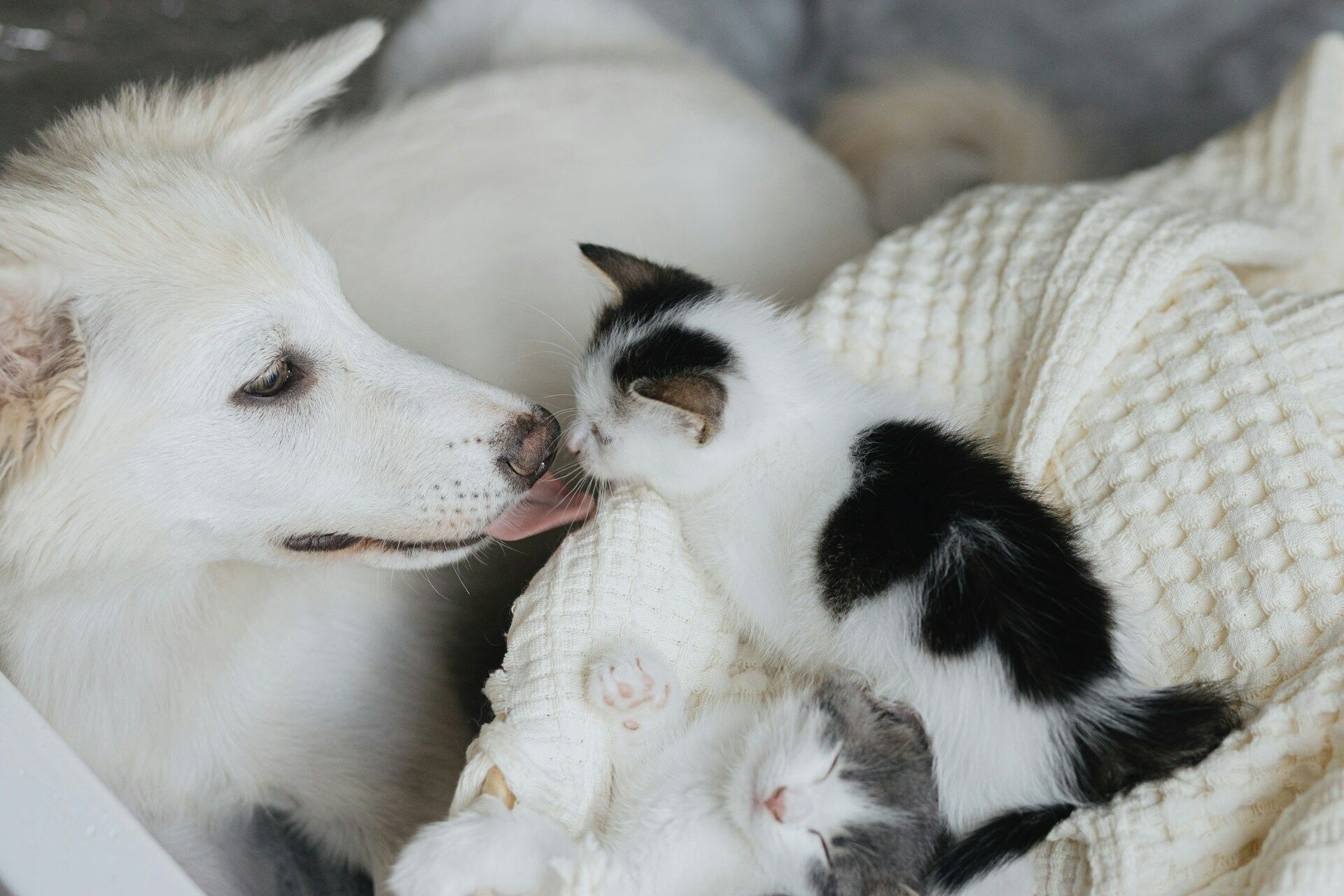
Now if your dog ends up landing the wrong way from a jump over the fence – you can:
- Take your pet to any licensed vet
- and your pet insurance provider will help cover expenses in line with your policy
How to use your pet insurance
Once you’ve paid your vet for any expenses, with a pet insurance policy you can submit these receipts to your insurer. This is called making a claim.
Usually the process works like this:
- You take your pet over to your local vet.
- Once you’re done with your vet visit, hold on to the paperwork! You usually need to submit these to your pet insurer, along with a claims form.
- Once you’ve filed your claim, your insurance provider will review it. Then, they’ll decide if it’s something that they cover.
- Assuming it is, you should usually receive your reimbursement within 5-7 days.
Depending on the veterinarian practice and the pet insurance provider, sometimes the claims process means that the veterinarian practice can send any bills directly to your insurer. That means you don’t have to pay upfront.
💡At Tractive Pet Cover, it’s possible for payments to be made through your vet practice. (Just make sure to check with the vet practice first.)
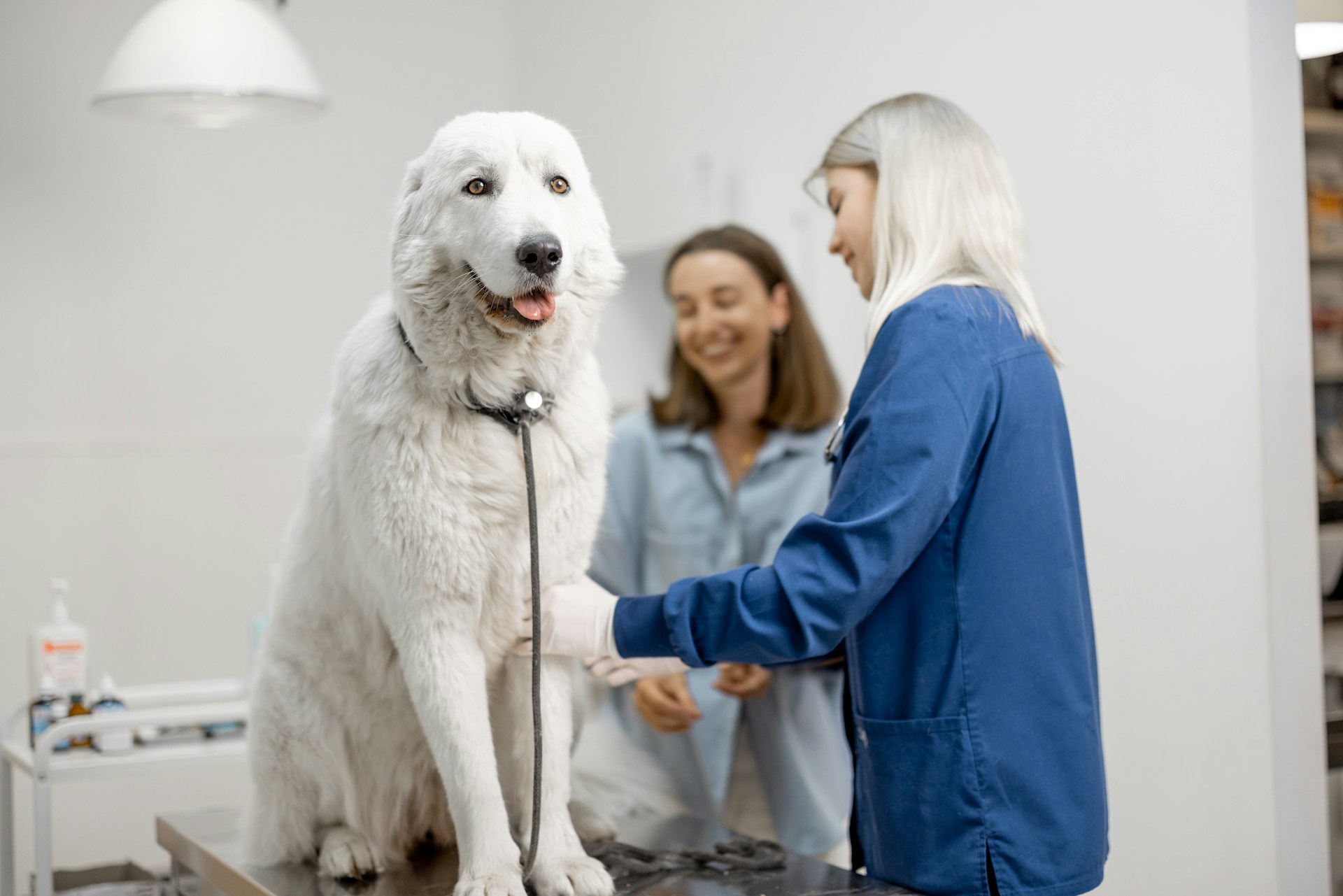
What does “excess”, “co-payment level”, and “limit” mean?
Pet insurance policies use some fancy terms – like excess , co-payment rate, and limits – to describe certain parts of the contract. Luckily, these aren’t too tricky to figure out! Here are a few of the most important terms and their meanings:
What is a pet insurance excess ?
An excess is the amount of money that the pet insurance policy holder (aka, you) will be expected to contribute to the cost of each and every invoice charged by your vet.
Simply put:
- It’s the initial amount of money you need to pay out of your pocket.
- …Meaning you won’t be reimbursed for it.
For example, if you make a claim for £1,000 and you have a £110 excess, you will pay £110 and your insurance will cover the remaining £890.
Just keep in mind: a lower excess usually means a higher premium. (I.e., the amount of money you have to pay to your insurance providers for their services anyway.)

So start the journey, get your quote, choose a level that works for you – and rest easy, knowing you’ve taken an active role in your pet’s health and wellbeing.
What is a co-payment rate?
Another term you might see in your pet insurance contract is your co-payment level..
This means you’ll pay a percentage of the claim amount after the excess has been deducted.
For example, if we use the same £1,000 claim as above, and you had a 20% co-payment on your policy, you’d pay the £110 excess and then 20% of the remaining £890, which is £178.
This means you’d pay £178 + £110 = £288 in total towards the £1,000 claim, with your insurance covering the remaining £712.

💡With Tractive Pet Cover the co-payment only begins if your pet is 6 years old or over, where you’ll also need to pay a 10% excess towards each claim. If your pet is aged 8 or over, you’ll need to pay 20%.
What is the limit for pet insurance?
You may also come across the term limit or limits in your pet insurance plan. This term refers to:
- The maximum amount of money the pet insurance provider will pay…
- After the excess has been paid.
Depending on the product, there is usually a maximum vet fee limit, containing sub-limits within this figure which apply to different features.

💡For example, with Tractive Pet Cover, within the maximum vet fee limits, there is a sub-limit for dental treatment up to £2000.
How Tractive Pet Cover works
Here’s an example to help you understand how pet insurance limits might work – at Tractive Pet Cover.
- The Walk plan provides a vet fee limit of £3k in total for all claims for the year.
- The Run plan provides a vet fee limit of £6k in total for all claims for the year.
- The Roam plan provides a vet fee limit of £9k in total for all claims for the year.

Like we’ve covered above, within the vet fee limits are sub-limits for the features of the policies.
So other features, such as Third party liability have a separate limit, in addition to the above.
💡With Tractive Pet Cover, the Third Party Liability limit is £2,000,000
As well as this, Tractive only offers Lifetime insurance policies which are designed to provide quality cover for your pet – for as long as they’re by your side.
This Lifetime policy means that Tractive will continue to cover any new medical issues that arise during the period your policy is in force with us. It’s important, however, to always check the specific terms and conditions of the Policy wording.
Do you need pet insurance?
Now a question you might have at this point might still be: do I even need pet insurance in the first place? With all these costs involved, it’s understandable if you’re still on the fence.
Whilst you are not legally obliged to buy full pet insurance, in some countries, for example Germany, it is a legal requirement to have Third Party Liability insurance at least.
So let’s answer your question with another question: are you prepared to pay for an unexpected vet bill? These can easily cost you hundreds – if not thousands – in one go.
(Not to mention the additional, ongoing costs if your pet damages someone else’s property or injures another person or pet.)

So consider taking a good, hard look at what unexpected pet bills you can truly afford to avoid any unpleasant and unwanted surprises.
Plus, these following factors:
Age
Many people insure their pets from the time they’re puppies or kittens. With older pets, insurance is often more expensive because (just like humans!), they usually need more medical care.
- For example, puppies might be more vulnerable to infections they pick up from other dogs (including parvovirus.) The younger your pet is insured, the cheaper your premium is likely to be due to an absence of any pre-existing medical conditions.
- Senior dogs and cats, on the other hand, might be more vulnerable to degenerative diseases, including Cognitive Dysfunction Syndrome.
- Eventually, however, pets often become too old to insure.

Read more:
- Pet Insurance For A Puppy: Peace Of Mind From The Start
- Pet Insurance For Older Dogs: Ensuring Quality Care In Their Golden Years
- Pet Insurance For Older Cats: Protecting Your Senior Feline’s Health And Well-being
- Senior Dogs: Helping Your Buddy Age Gracefully
- Dog Dementia: Recognizing & Treating It
- Cat Dementia: Signs, Treatment & Outlook
Self-insurance
You could set aside money yourself for covering unexpected pet expenses, but with this route you’d need a lot of discipline and to make sure that the money is available when it’s needed.
Plus, considering the kind of shenanigans our pets get up to…it might simply not be enough to cover an expensive medical procedure or an accident.

Risk level
Is your pet of a certain breed that’s more likely to be stolen?
Or are they more likely to develop congenital diseases or hereditary conditions?
If so you may benefit from insurance. Make sure to check in with your vet and determine whether your dog or cat is a rare breed – and what kind of health conditions they might be vulnerable to. (And what it might cost you in the long run.)
⚠️ Besides – no matter how much you love them, some breeds are very difficult to insure, if at all! For example, any dogs listed on the dangerous dogs list are often excluded from pet insurance policies.
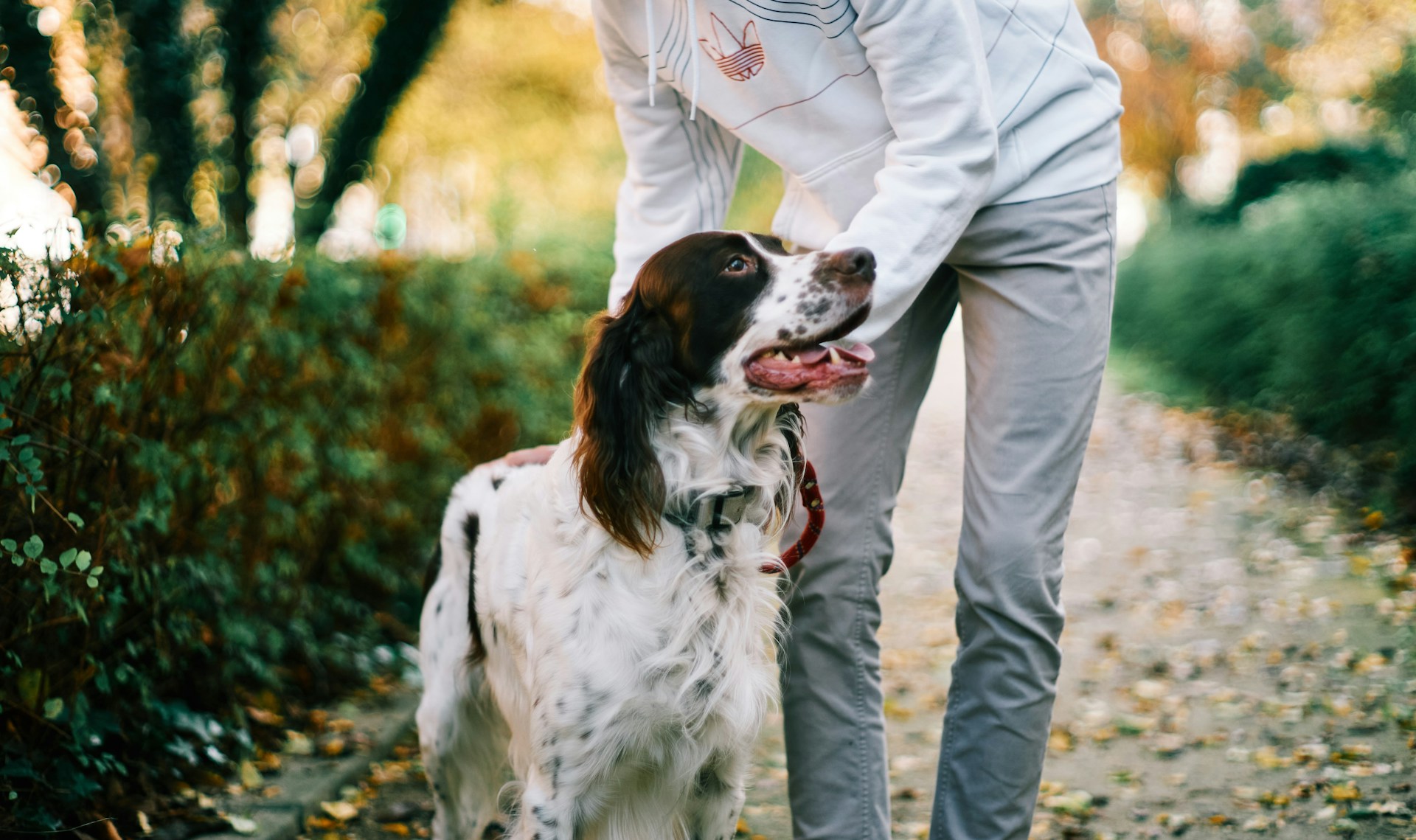
Read more: Dognapping: Pet Kidnapping And How To Keep Your Dog Safe From Dog Thieves
What can pet insurance cover?
Now before you get buying, it helps to keep your expectations realistic. Plus, each pet insurance policy is slightly different in terms of what it covers, and how much.
So make sure to get in touch with and compare your insurance providers’ options before you make a decision.
Vet bills
The first and most common type of expense that pet insurance can cover is veterinary bills. This may include costs related to:
- Broken bones, poisoning, wounds
- Illness – like ear infections, or diabetes
- Genetic conditions – like eye disorders or hip dysplasia
- Physical exams
- Tests – like blood scans or x-rays
- Alternative therapies – like acupuncture
- Medical treatments
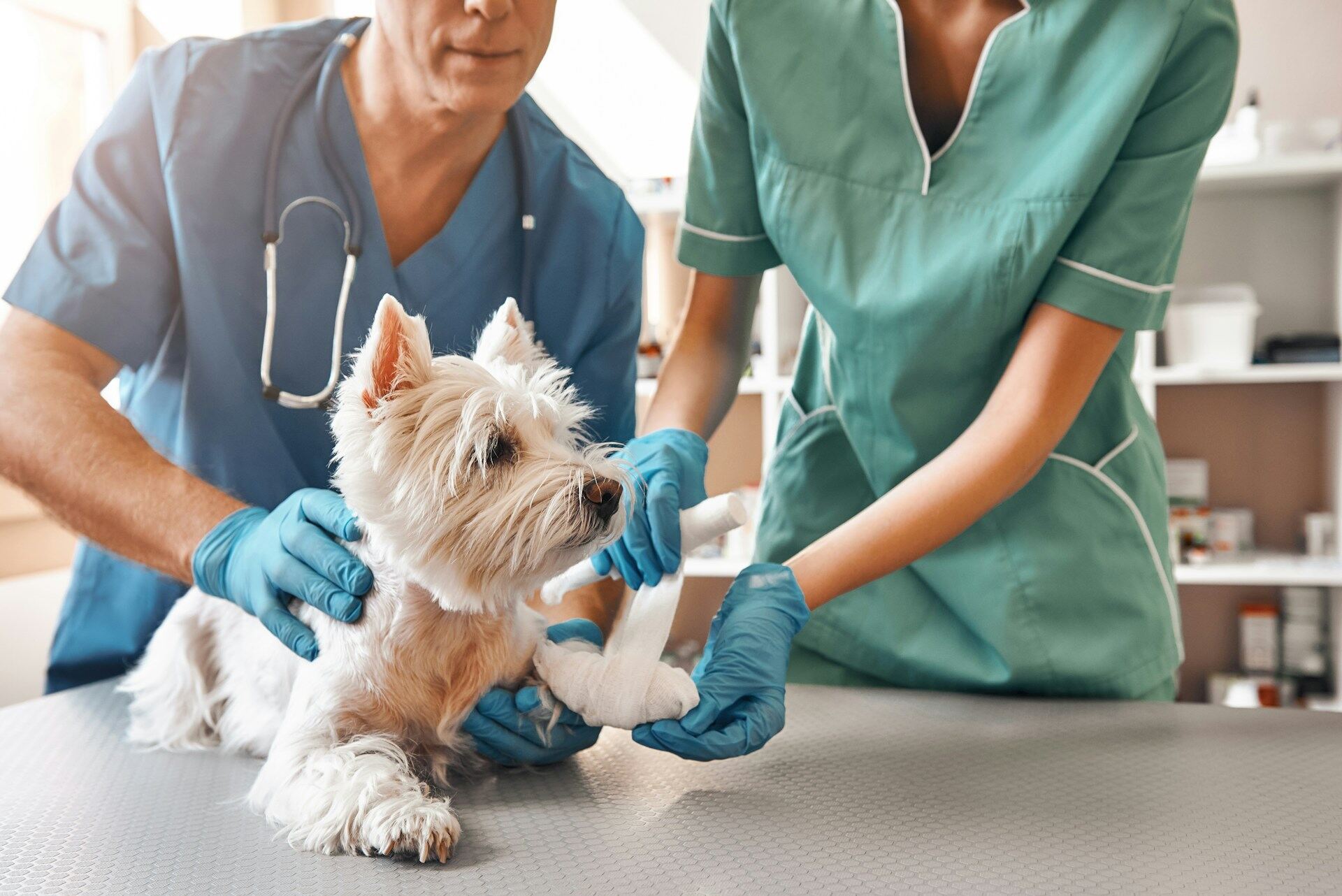
- Emergency care
- Hospitalization
- Surgery and anesthesia
- Prescription medication
- Dental injuries or cleaning
- Routine flea, tick, or parasite treatments
- Euthanasia
What else your pet insurance can cover
Beside vet fees, here are some other things that a pet insurance policy might cover:
- Third party liability: your plan might include liability insurance for your pet. Like, for example, if your pet damages someone’s property or injures someone and you’re legally required to pay.
- Loss of pet: in case your furry friend is lost, stolen or dies before a certain age, you may be reimbursed for the purchase price or market value of the pet.
- Vet services abroad: your plan may cover the cost of emergency vet treatment abroad.
When you’re covered by Tractive
💡Tractive Pet Cover, for example, covers dental treatment up to £2,000, prescription diet food up to £500, behavioral training up to £1,000 – and up to a £2,000,000 third party cover for a claim involving your dog.
As well as this this, here are some of the extra benefits that Tractive Pet Cover offers on all it’s policies:
| Loss of your pet’s documents | If you lose your pet’s documents, you are covered up to £250 for the cost of obtaining duplicate pet documentation |
| If your pet needs a caretaker | Up to £1,000 each policy term should you be hospitalised for more than 4 consecutive days and someone needs to look after your pet on your behalf. |
| Holiday cancellation cover | Holiday cancellation cover up to £2000, for when your need to cancel a holiday, or return early, due to your pet’s accident or illness |
| Cover abroad | Cover abroad for your pet up to 60 days per year, within select countries |
| If you’ve lost your pet | Advertising and reward assistance up to £1000. |
| Other emergency situations | Up to £1,000 each policy term if your pet’s travel documentation is lost or stolen, the microchip fails or if your pet falls ill, towards quarantine costs, emergency travel or additional accommodation when abroad and costs are incurred. |
| Third party cover | Third Party Cover up to £2m per policy term. |
What pet insurance does not cover
Before you choose a pet insurance policy, be crystal clear on what it doesn’t cover.
Again, every provider is different, so make sure to thoroughly research in to each policy to know what’s included, and what’s not, and compare your insurance providers’ options before you make a decision
.Here are a couple of situations where you might not be covered by pet insurance.
Routine and preventative treatment
Often, routine veterinary care procedures aren’t included by pet insurance. Including:
- Vaccinations
- Neutering
- Parasite treatments
- Nail clipping
- General dental care
Additionally, providers typically don’t cover grooming expenses, even if they are vital to your pet’s wellness routine.
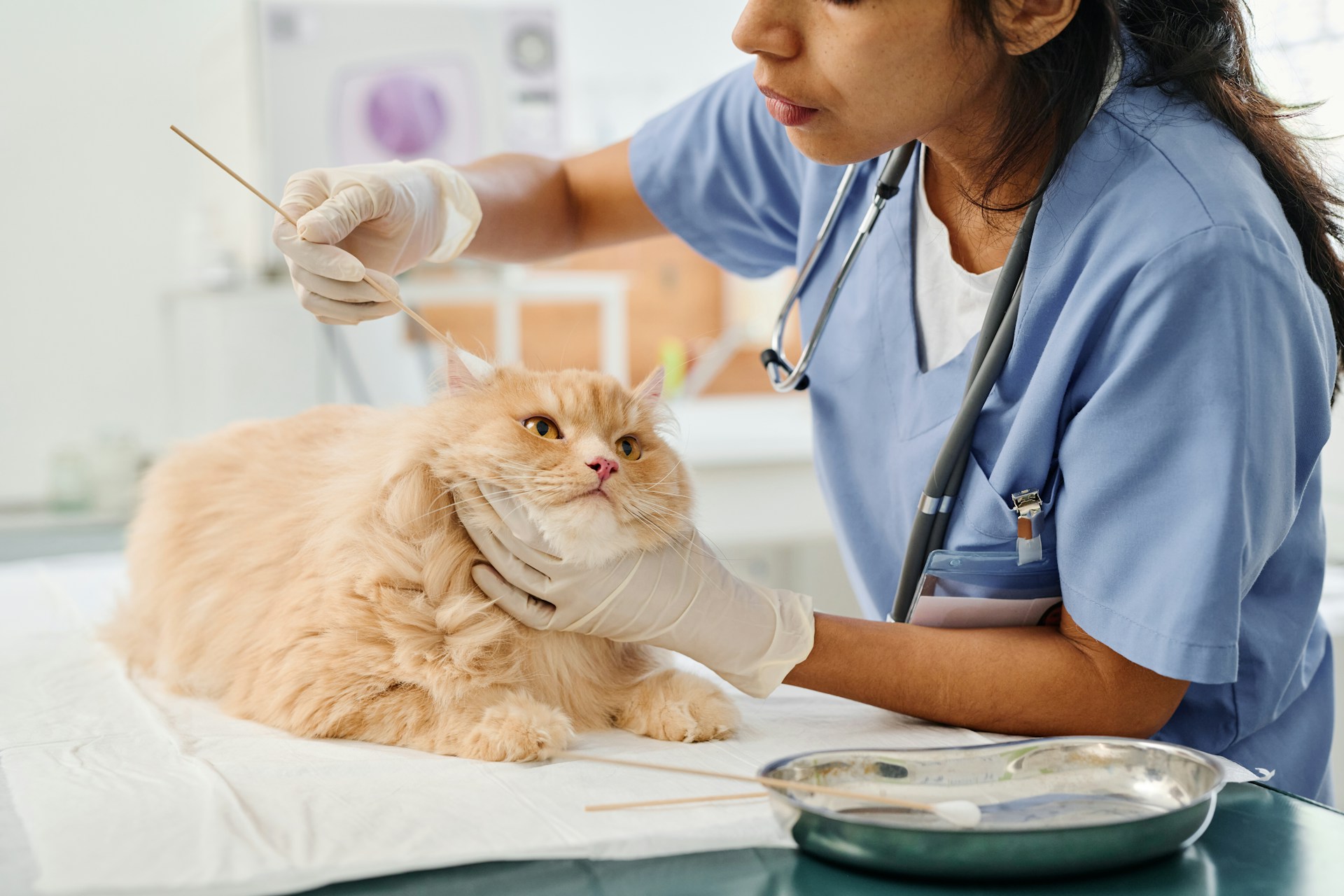
💡Tractive Pet Cover provides up to £3k, £6k or £9k of coverage for vet fees each year, depending on which level you choose, which reset when you renew your policy.
Waiting period
Additionally, expenses that arise during the waiting period won’t be covered by your insurance policy.
This refers to the amount of time you need to wait before making any claims to your pet insurance provider.

Waiting periods start as soon as your policy goes into effect and restrict coverage for a set number of days – in many cases 14 days. Note that there are often different waiting periods for accidents, illnesses and orthopedic conditions.
💡For example, Tractive Pet Cover includes a waiting period of 48 hours for a claim related to an accident. However, for non-accident related illnesses and injuries, you’ll only need to wait 14 days after your policy starts, and 30 days for cruciate ligament conditions in dogs.
Pre-existing conditions
Most insurers don’t cover pre-existing conditions. These are health issues that your pet already had before you took out the pet insurance policy, or one which arises during the policy’s waiting period.
However you may find exceptions to this rule in cases where your pet went a certain amount of time without needing treatment. AKC, a pet insurance provider in the US, covers pre-existing conditions but even then, only after a 12-month waiting period.
This is why it’s important to consider taking out a pet insurance policy sooner rather than later.
⚠️ Because now if your pet develops a condition, such as joint issues or diabetes, and you take out a pet insurance policy after these conditions have been diagnosed – your insurer will not pay out for any bills relating to these conditions.
Cancer treatments
According to the American Veterinary Medical Association, about 50% of dogs over 10 years old will develop some form of cancer.1 Furthermore, 1 in 5 cats will get cancer in their lifetime2.
Still, some pet insurance policies exclude cancer from their coverage. Read the fine print of your pet insurance policy carefully to see if it covers cancer treatments. That way, you can avoid nasty surprises later.
Breed exclusions
Certain dog breeds are excluded from pet insurance coverage, or you have to pay higher premiums. That’s because they are more at risk of genetic health conditions.
Generally, purebreds cost more to insure than mixed breed dogs and cats – who are less likely to have such issues.
Older pets
Many insurance providers don’t cover older pets at all, while others offer minimal coverage after a certain age. Since they are considered more prone to health issues, they may only get a basic policy covering injury, and not illness or other issues.
Each insurance provider has a different idea of what makes a senior dog or cat. Some companies offer better coverage for senior pets, so research carefully. In any case, expect to pay higher premiums for policies that cover senior pets, as well as this co-payment normally starts on a policy once your pet hits a certain age.
Pregnancy and giving birth
Plans also tend to exclude costs related to your pet’s pregnancy, birth and care of offspring.
Burial or cremation
We don’t want to think about it, but the reality is, there are costs involved with saying goodbye to your buddy.
- Many pet insurance policies cover the cost of euthanasia if it helps avoid our furry friends suffer.
- However, pet insurance policies won’t cover cremation or burial.
💡Tractive Pet Cover, however, provides up to £200 of farewell cover in case you need to put your pet to sleep, as well as, including towards cremation/burial costs.
Experimental procedures
Pet insurance policies do not cover experimental procedures such as DNA testing or cloning.
Types of pet insurance cover
There are several different types of pet insurance coverage – your premium will be influenced by how much coverage you go for.
- Accident only pet insurance only covers accidental injuries – for example if your dog gets hit by a car. Injuries or illness that occur over time – or happened before the policy started – typically aren’t covered.
- Accident and illness pet insurance covers most of your pet’s veterinary expenses. Your pet will be covered for accidents as well as illness such as diabetes.
- Accident, illness and wellness coverage is the most comprehensive type of pet insurance available. It helps you cover the costs of accident and illness related expenses, plus general wellness and preventative care.
Read more: Types Of Pet Insurance
💡Tractive Pet Cover offers Lifetime policies. This means if your pet develops a condition after you have taken out the policy, when the policy is renewed, Tractive Pet Cover will continue to cover these conditions.*
*subject to the terms and conditions in the Policy Wording
What animals can be covered by pet insurance?
The majority of pet insurance policies only cover cats and dogs, however some providers also offer insurance for other animals such as:
- horses
- rabbits
- potbelly bigs
- ferrets
- birds
- rodents
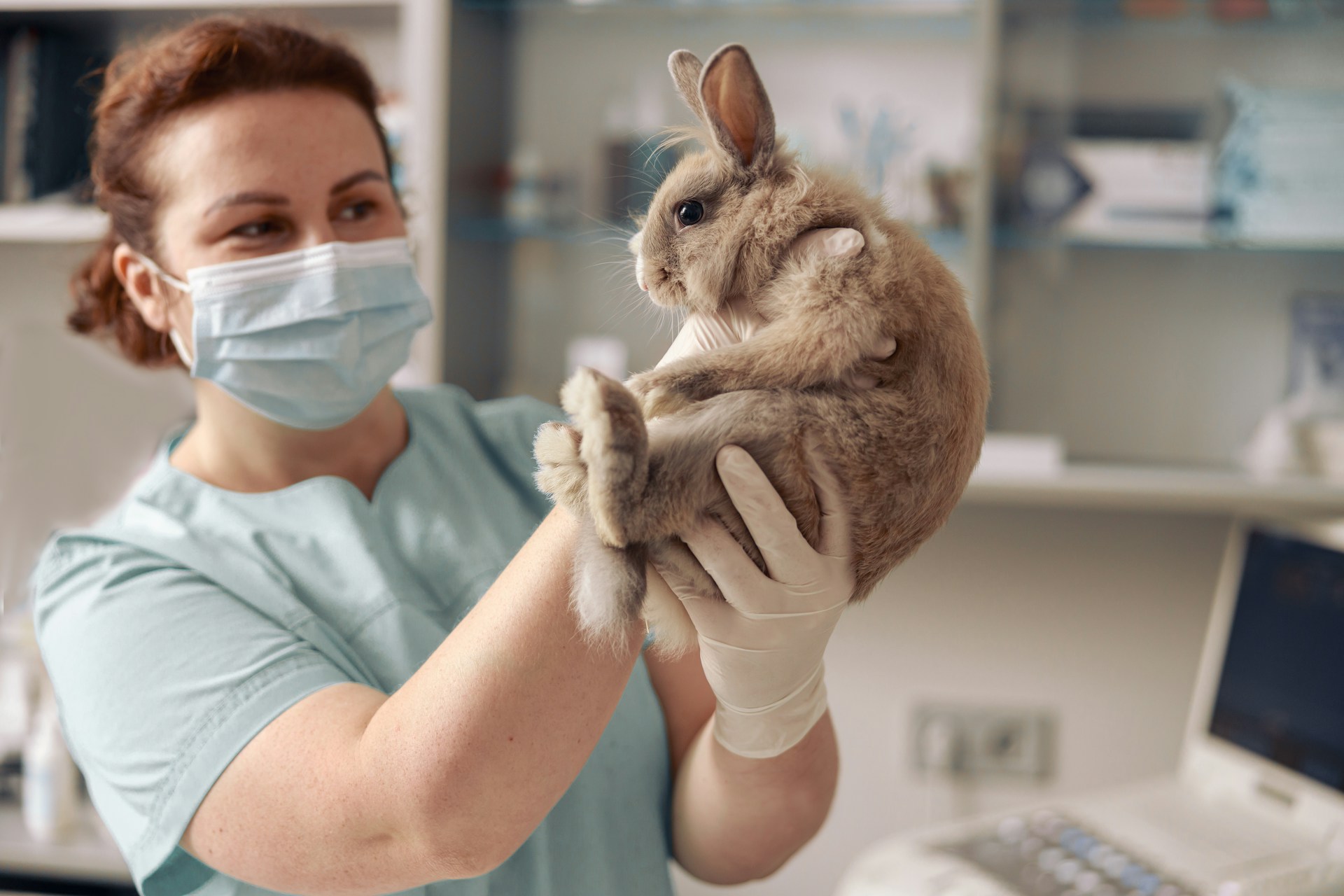
⚠️ Some insurers also only cover pets under a certain age, so be sure to read the fine print if you have an older pet.
What determines the rate of how much pet insurance might cost?
How much you might pay for pet insurance might depend on a bunch of factors. Including your pet’s:
- Breed: Purebred pets typically cost more to insure than mixed breed pets, as they are predisposed to more health conditions.
- Size. Large pets generally cost more to insure than smaller ones, because they tend to be more vulnerable to health conditions.

- Age: It’s always cheaper to insure young pets, because they are less likely to have health issues.
- Location: Vet care prices differ significantly based on region, which naturally impacts pet insurance premiums.
The total cost also depends on the type of pet insurance coverage you go for, as well as factors like the deductible, reimbursement rate, and limit mentioned above.
So, is it worth the cost?
We think so. For many pet parents around the world, the benefits of pet insurance outweigh the cost.
- In the UK alone, around 25% of pets are insured.
- In Sweden, 90% of dogs are insured3.
But of course, it depends on your personal situation. Insurance is a great option if you’re a pet parent looking to:
- Minimize risk
- Manage your budget and expenses
- Take an active role in your pets’ health and wellbeing
- Ensure that your pets will receive high quality care.
And most importantly: secure your peace of mind.
So that no matter what adventures (or misadventures) your pet gets up to – they know you have their back.
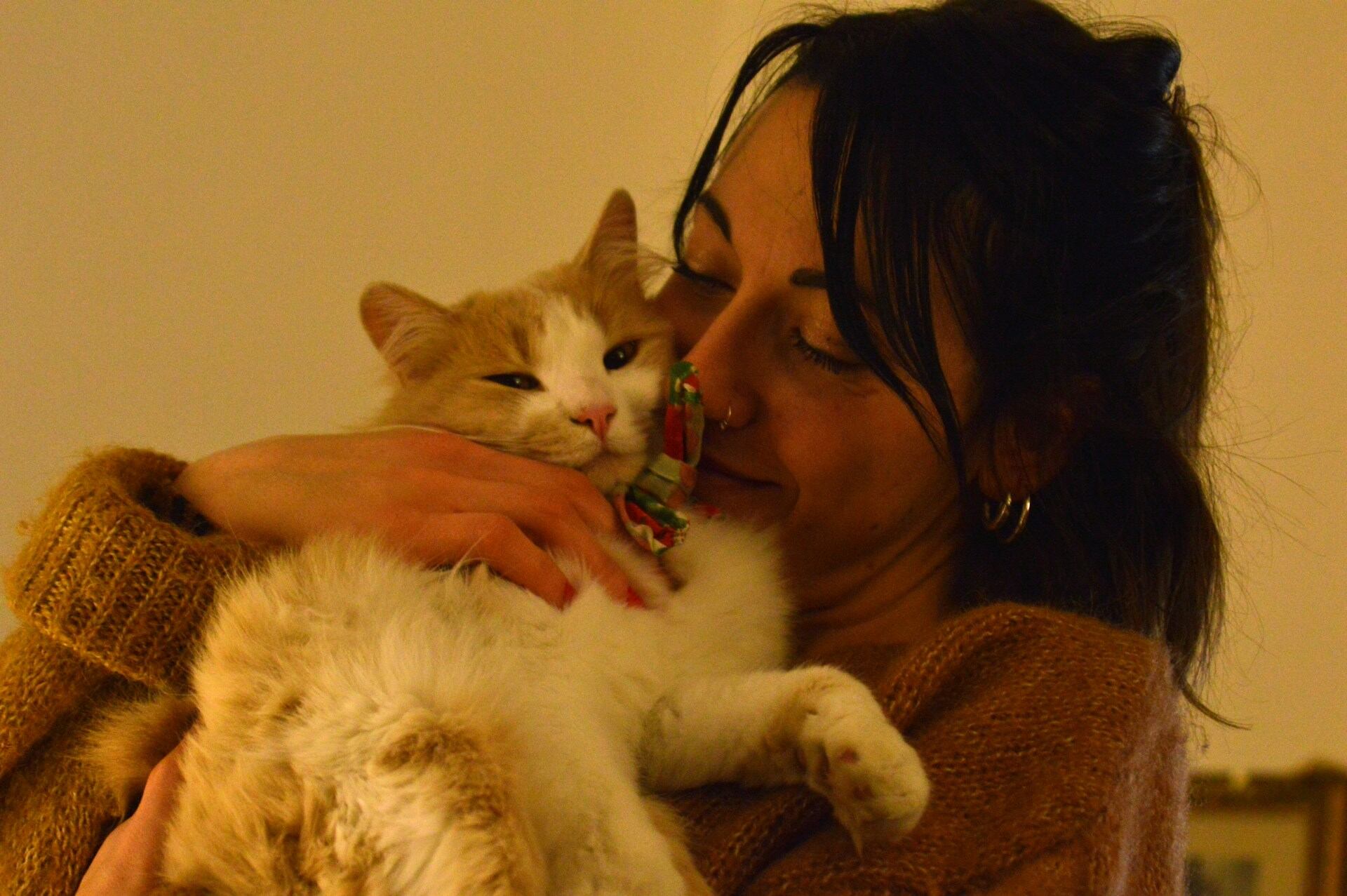
So…how does pet insurance work again?
In a nutshell: pet insurance better prepares you for an unexpected vet bill – or a pet emergency.
- Policies do vary by company and country. So be sure to do your homework to find a plan that best suits your needs and budget.
- Make sure to consider your pet’s personal situation. Factors like their breed, size, age, and temperament can all play a role in what’s covered – and what isn’t.
- Work with your vet and an insurance provider who can help you understand how often you might be likely to file a claim. (I.e., how illness-, injury-, or accident-prone your pet might be.)

For many pet parents, pet insurance is just another way to get peace of mind. So if you want to add an extra layer of security to your dog or cat’s health and wellbeing – get covered by Tractive Pet Cover today.
Want to learn more about Tractive Pet Cover? We’ve got you covered:
Read more: Tractive Launches UK Pet Insurance

This post was written by Frank Speight, a veteran of the insurance industry, who’s worked in financial services for more than 30 years across Europe and Asia. Besides negotiating the best possible insurance products for pet parents, he’s also dad to two Golden Retrievers – who have a larger following on Instagram than him!
When he’s not busy with Tractive Pet Cover, you can find him walking his dogs on the beach, managing their social media accounts, or playing the guitar.




